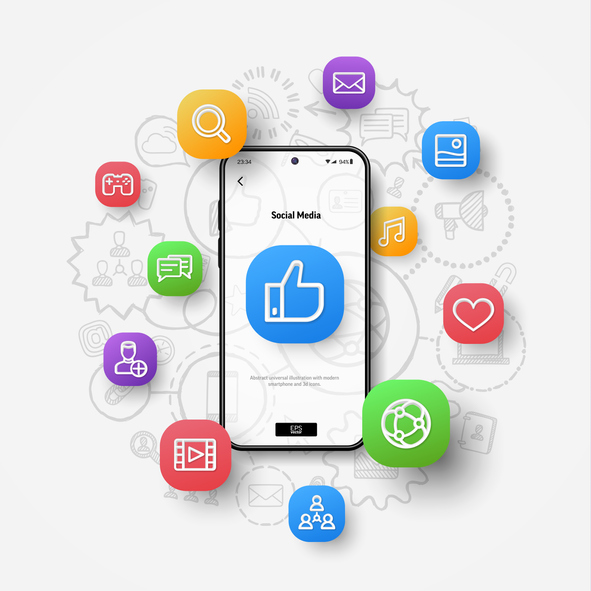When discussing media options with clients, we sometimes find a pre-disposed prejudice to specific mediums for what, nearly 100% of the time, are anecdotal reasons. For example, it could be they listen to Pandora, but not terrestrial radio, so they think nobody listens to radio. Or, it could be they don’t listen to Pandora, so they think no one else does either. Trying to get clients to understand that their media proclivities are not universal can be challenging. However, it’s usually not as challenging as explaining why marketing attribution isn’t as useful as they think.
The IAB definition of attribution is the process of identifying a set of user actions across screens and touch points that contribute in some manner to a desired outcome (normally a sale). Typically, there are five generally accepted methods, but the problem is not one method is universally agreed upon:
- First Touch – The event receives 100% of the credit if it is the first event recorded. No other events are assigned credit.
- Last Touch – The event receives 100% of the credit if it is the last event recorded. No other events are assigned credit.
- Time Decay – Credit is applied to events at increasing or decreasing intervals along a path to conversion. Event values are usually altered based on specific time windows when the events occurs.
- Linear – Credit is applied equally across all events and/or channels measured along a path to conversion.
- Algorithmic – Credit is assigned to multiple events along a path to conversion given computer based, algorithmic analysis of the relationship of events relative to all other events along the path to conversion.
The flaw with each of these is the probability of applying undue credit to any one particular action. Additionally, attribution is mostly applicable only to the digital realm. Outside of rudimentary tracking methods, it is more than difficult to credibly assign attribution to traditional media.
With this in mind, instead of seeking attribution as a holy grail, it is much better to look at it as a tool to understand how various platforms and mediums work together. As much as we may want to be able to point to one thing as the reason an action was taken, the simple reality is there isn’t one. Over time, exposure to multiple messages through multiple touch points builds awareness, interest, decision, and finally action.
This is why we recommend focusing on integrated marketing campaigns that capitalize on the strengths of each media channel and platform. While the optimal mix and media spend varies for each client, coordinating the creative, frequency, and timing against unique customer data ensures maximum impact. And that is something you can attribute sales to.

